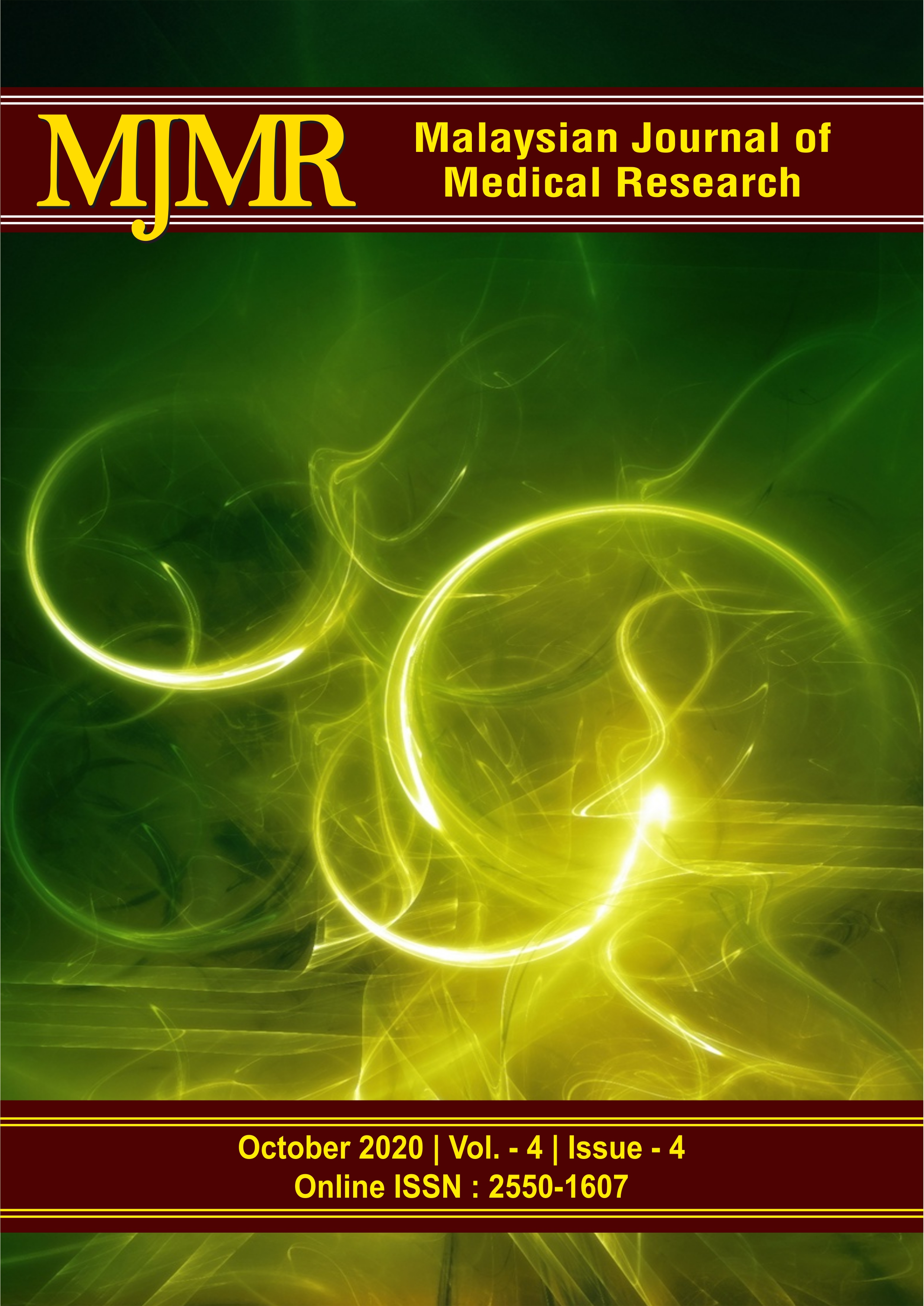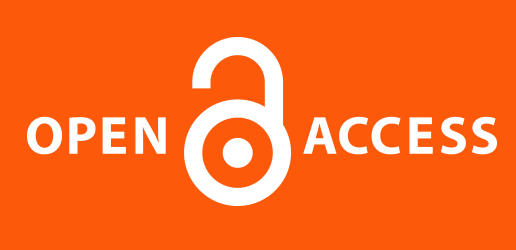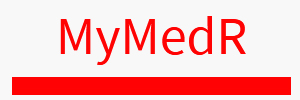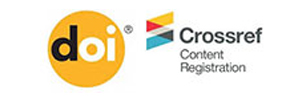THE EFFECT OF USING TUTORIAL VIDEO LEARNING MEDIA ON MOTHERS’ KNOWLEDGE AND SKILLS IN GIVING PRENATAL STIMULATION
DOI:
https://doi.org/10.31674/MJMR.2020.V04I04.012Abstract
Pregnancy is a reproductive event of women’s life. Preparations are done by mothers to welcome the pregnancy including preparations for the unborn baby in the womb namely prenatal stimulation. Various studies prove prenatal stimulation is very beneficial for the children’ growth and development in the future. However, prenatal stimulation programs specifically in Indonesia are not included to the service standard of pregnancy checkup. Thus, it needs to be socialized through a social media that is video tutorial.
This study aims to determine the effect of the use of video tutorial learning media on prenatal stimulation in Puskesmas (community health center) of Cirebon District. The research uses Quasi-experimental design with pretest-posttest group approach. The samples were chosen using purposive sampling technique. The samples consist of 40 respondents divided into two groups i.e. 20 respondents in the intervention group and 20 respondents in the control group. The data were analyzed using parametric statistical tests namely Paired t-test and independent t-test. Statistical test results show that the use of video tutorial learning media in the intervention group has better effect than the control group (p-value = 0,000) (p <0.05).
The research concludes that the use of video tutorials increase pregnant women’ knowledge and skills in giving prenatal stimulation. It is recommended for pregnant women to regularly continue giving prenatal stimulation during pregnancy, so that the mother and the fetus get the optimal benefits.
Keywords:
Tutorial Video Learning Media, Prenatal StimulationDownloads
References
Arsyad, A. (2010). Media pembelajaran.Jakarta :Rajawali Press.
Brame, C. J. (2016). Effective educational videos: Principles and guidelines for maximizing student learning from video content. CBE.Life Sciences Education,15(6), pp:1-6.
Chamberlain, D.B. (1995). Communication before language.Journal of Prenatal and Perinatal Psychology and Health, 9(6), pp:237-242.
Chamberlain, D.B. (2006).The fetal senses.Journal of Prenatal and Perinatal Psychology and Health, 12(2), pp:51-60.
DeCasper, A.J. & Spence, M.J. (1986). Prenatal maternal speech influences newborns' perception of speech sounds. Infant Behavior & Development, 9(2), pp:133–150.
Djamarah, S.B. & Zain, A. (2010).Strategibelajarmengajar.Jakarta:RinekaCipta.
Indrijati,H.(2016) Psikologiperkembangandanpendidikananakusiadini:Sebuahbungarampai;Perkembangandanpendidikanmasaprenatal : Mendidikanaksejakdalamkandunganmelaluistimulasipralahir. Jakarta :Kencana.
Kementerian Kesehatan Republik Indonesia. (2014). PeraturanMenteriKesehatanRepublik Indonesia nomor 97 tahun 2014 tentangpelayanankesehatanmasasebelumhamil, masahamil, persalinan, danmasasesudahmelahirkan, penyelenggaraanpelayanankontrasepsi, sertapelayanankesehatanseksual
Lafuente, M.J., Grifol, J., Segarra, J., Soriano, J., Gorba, M.A. & Montesinos, A. (1997). Effects of the firstart method of prenatal stimulation on psychomotor development: The first six months. Journal of Prenatal and Perinatal Psychology and Health, (11)3, pp:151-162.
Laurillard, D. (1995). Multimedia and the changing experience of the Learned. British Journal of Educational Technology, 26(3), pp:179-189.
Manrique, B., Contasti, M., Alvarado, M. A., Zypman, Monica, Palma, N., Ierrobino, M. T., Ramirez, I. & Carini, D. (1998). A controlled experiment in prenatal enrichment with 684 families in Caracas, Venezuela: Results to age six. Journal of Prenatal and Perinatal Psychology and Health, 12(3 and 4) (Spring and Summer), pp:209-234.
Mayer, R. E. & Moreno, R. (2003) Nine ways to reduce cognitive load in multimedia Learning. Journal of Educational Psychology, 38(1), pp:43-52.
Panthuraamphorn, C. (1998). Environmental influences on human brain growth and development. Journal of Prenatal and Perinatal Psychology and Health, 12(3-4), pp:163-174.
Salina, L., Ruffinengor, C., Garrino, L., Massariello, P., Charrier, L., Martin, B, Favale, M.S. & Dimonte, V. (2012). Effectiveness of an educational video as an instrument to refresh and reinforce the learning of a nursing technique : a randomized controlled trial. Perpective Medical Education, 1, pp:67-75.
Siagian, R.E. & Saputri, S.D. (2012). Majalahilmiahfaktor. Maret-April 2012.UniversitasIndraprasta PGRI.
Thomsom, A., Bridgstock, R., Willems C. (2014). Teachers flipping out beyond the online lecture: Maximising the educational potential of video.Journal Learning, Dec 7, pp: 67-68.
Van de Carr, F.R. & Lehrer, M. (1998). Prenatal University: Commitment to fetal - family bonding and the strengthening of the family unit as an educational institution. Journal of Prenatal and Perinatal Psychology and Health, 12(3), pp:119-134.
Van de Carr, F.R. & Lehrer, M. (2001).Cara baru mendidik anak sejak dalam kandungan. Alih Bahasa : Abdurrahman, A. Bandung: Mizan Media Utama.
Wahyuni, S., Rustina, Y. & Afiyanti, Y. (2010). Studifenomenologitentangpengalamanibumelakukanstimulasipralahir di KecamatanKejaksan Kota Cirebon PropinsiJawa Barat.Jurnal Majalah Keperawatan Unpad, 12(1), pp: 81- 92.
Wu, G., Bazer, F. W., Cudd, T. A, Meininger, C. J. & Spencer, T. E. (2004). Recent advances in nutritional sciences: Maternal nutrition and fetal development. Journal of Nutrition, 134, pp:2169–2172.























